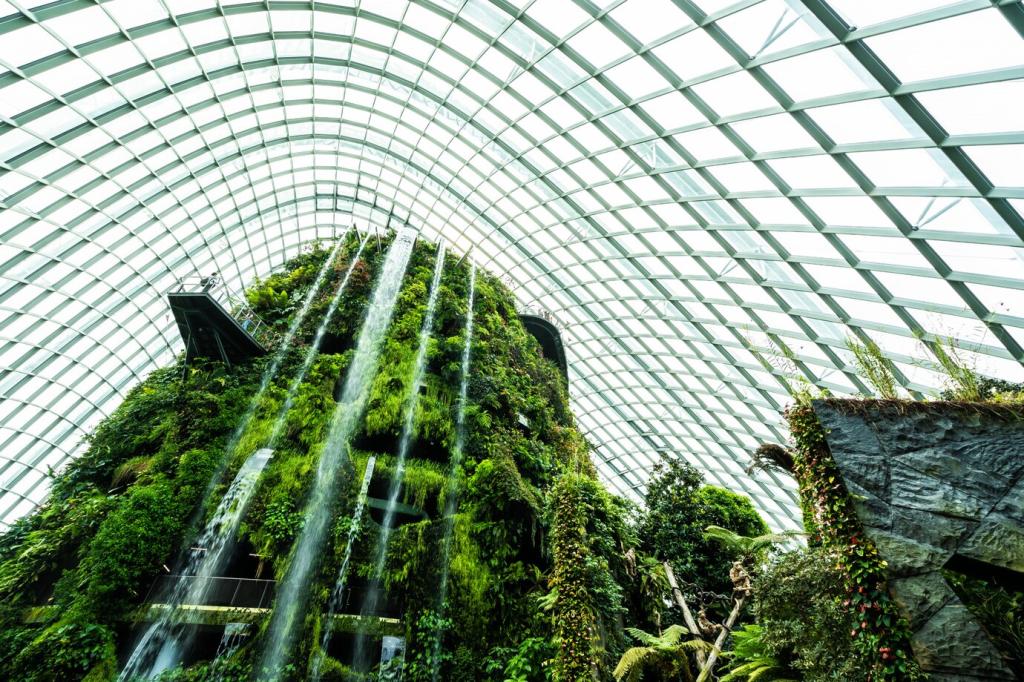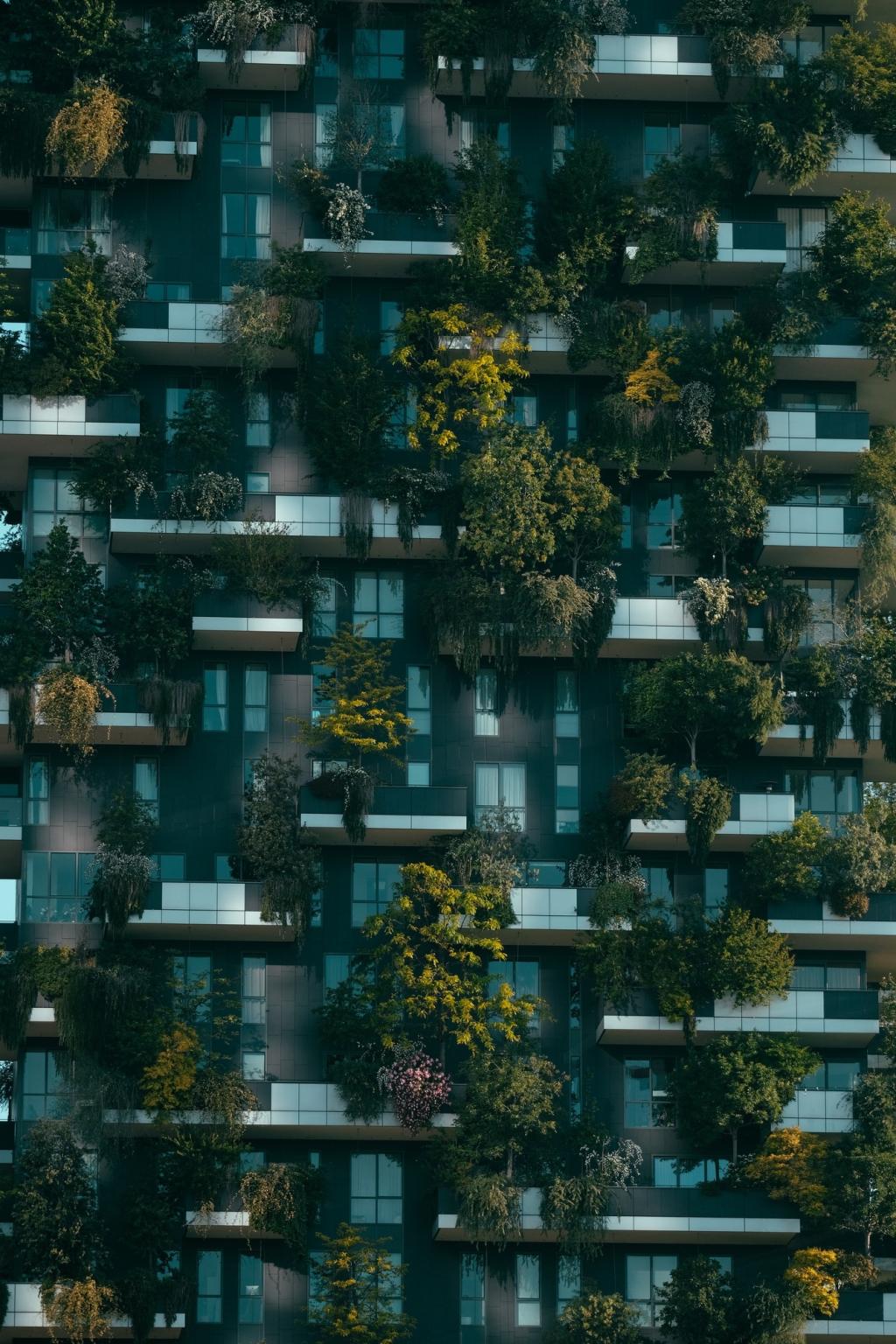Sustainable Home Decor Trends
Sustainable home decor is redefining interior design, bringing together style, eco-consciousness, and responsibility. As more homeowners prioritize the health of both their living spaces and the planet, innovative trends are emerging that place emphasis on renewable resources, ethical sourcing, and environmental awareness. Modern sustainable home decor not only reduces ecological footprints but also adds unique character and timeless elegance to every room. Exploring the latest in green design solutions, this guide delves into approaches and materials fueling a revolution in home aesthetics, all while nurturing the Earth for future generations.

Sustainably harvested wood and bamboo are gaining popularity as foundational elements in furniture and flooring. Certified woods, such as FSC-certified timber, ensure forests are managed responsibly. Bamboo, known for its rapid renewal cycle, makes an excellent alternative to traditional hardwoods. Utilizing these materials reduces reliance on old-growth forests and ensures that decor choices contribute positively to global reforestation efforts. They also offer remarkable durability and a warm, timeless aesthetic that complements a variety of design styles, from rustic to contemporary. As people become more conscious of their ecological impact, selecting furnishings crafted from these responsible materials reflects a commitment to protecting natural resources for generations.
Natural Materials and Organic Elements
Upcycling and Vintage Revival
Repurposed Furniture and Artifacts
Repurposed furniture is making a strong statement in sustainable interiors. From doors turned into tables to reclaimed wood beams fashioned into shelving, imaginative reuse saves items from landfills and showcases creativity. Sourcing and reimagining artifacts from flea markets or salvage yards allows one to create personalized features that reflect both environmental values and design sensibilities. Repurposed items often reveal the marks of their former lives, adding texture and conversation starters to a room. By embracing imperfections and honoring past craftsmanship, homeowners build interiors full of meaning, depth, and sustainable intent.
Vintage Finds and Antiques
The resurgence of vintage and antique furniture is a cornerstone of eco-conscious decor. Instead of purchasing mass-produced pieces, many are turning to gently used treasures from previous eras. These items, made with enduring materials and techniques, have already stood the test of time, making them both stylish and sustainable. Choosing vintage ensures that resources are conserved, while supporting local sellers and keeping unique items in circulation. Each acquisition typically carries its own story, lending charm and authenticity to modern homes. This timeless approach demonstrates that thoughtful curation can have a positive environmental impact and foster a sense of continuity with the past.
Creative DIY and Handmade Projects
Do-it-yourself and handmade decor projects are an accessible way to integrate sustainability at home. By reimagining old objects—whether through painting, reupholstering, or assemblage—homeowners actively prevent waste and celebrate individual expression. Handmade items crafted from reclaimed or leftover materials can be tailored to specific needs and preferences, fostering both creativity and personal attachment to the living space. These projects not only reduce reliance on new purchases but can also become cherished heirlooms. The process of making decor pieces, whether alone or with family, further deepens one’s connection to the home and reinforces sustainable habits for the long term.
Energy Efficiency and Smart Design
Passive heating and cooling techniques harness the natural environment to regulate indoor temperatures, reducing reliance on mechanical systems. Strategic window placements, thermal mass materials, and insulation are key components of this approach. Window treatments, such as natural fiber blinds or untreated linen curtains, help control sunlight and airflow. Incorporating features like green roofs, skylights, and reflective exterior finishes further mitigates heat gain or loss. By leveraging simple, science-backed design choices, passive strategies lower energy bills and support eco-conscious lifestyles without compromising comfort or style. These solutions exemplify the philosophy that sustainable decor can be both aesthetically pleasing and inherently functional.
Switching to LED lighting is a straightforward yet highly effective way to reduce a home’s energy consumption. LEDs use significantly less electricity compared to traditional bulbs and last much longer, saving both money and resources over time. Complementing artificial lighting with maximized natural illumination—achieved through clever placement of windows, mirrors, and glass partitions—further decreases dependency on electrical lighting during the day. These approaches create inviting, well-lit spaces while reducing the household’s environmental impact. Thoughtful use of light can also elevate mood and emphasize architectural and decorative features, proving that sustainability and ambiance go hand in hand.
Smart home technologies are reshaping sustainable decor by optimizing energy use and integrating automation into daily life. Programmable thermostats, smart lighting controls, and energy-tracking devices allow homeowners to monitor and adjust consumption with ease. These innovations enable more efficient use of heating, cooling, and electricity, often through convenient smartphone applications. Smart appliances designed for efficiency also play a critical role, lowering overall household energy demands. Incorporating these advancements ensures that homes remain adaptable to evolving eco-conscious standards while offering unparalleled convenience and comfort. As technology continues to advance, smart solutions will remain at the forefront of sustainable living.

